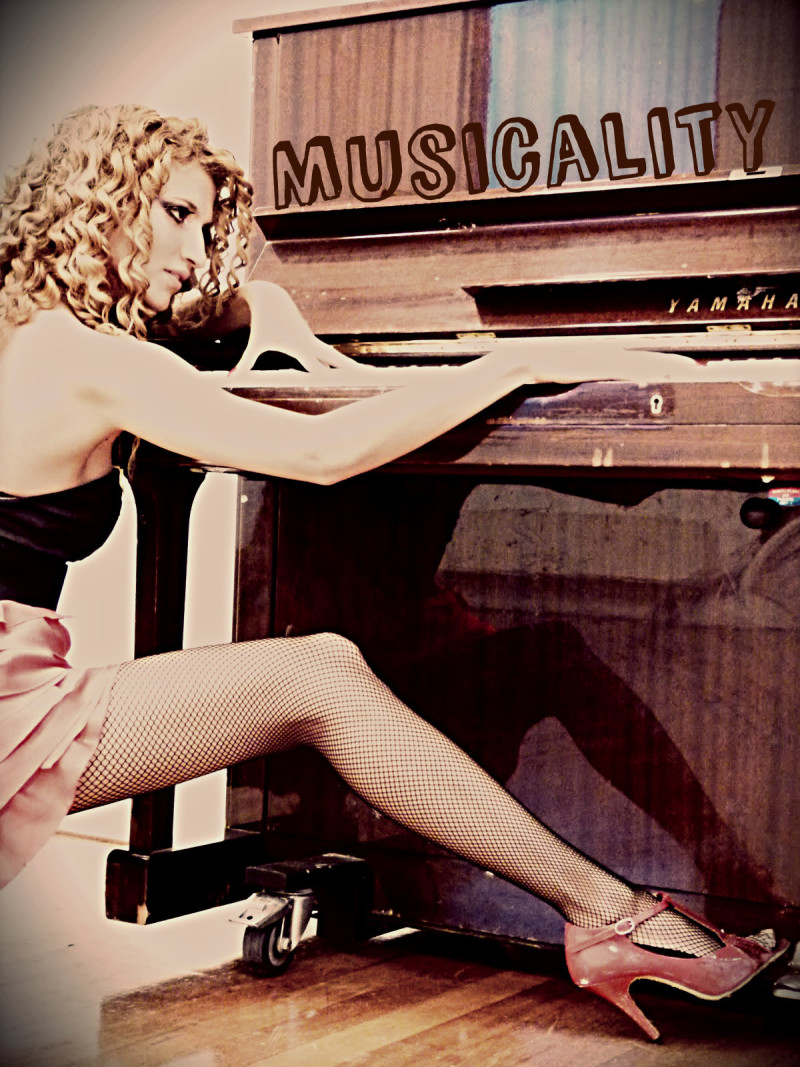
The ability of a dancer to become one with the music
Understanding exactly what you are dancing to is extremely important as it forms the very core of showing your own unique musicality in physical form. You are not truly dancing in the moment if you do not understand this fundamental skill which can be learnt by putting in the time to decipher and reconstruct the very many sounds of any given song. You don’t just want to be doing moves without a story or meaning. It is a nonverbal way of telling people that this is what you hear in this song and how you express it to them.
So how do you and I learn this invaluable skill?
Your ears are wonderful senses and will allow you to listen to the song and the minutia of its elements. What do you feel within you when it comes to the story? We are all different people who come from different cultures and backgrounds. Teach your ears to listen to not only the beat, but all the instruments of the song, the melody the breaks and how the song sounds and in doing so, train your mind to interpret these sounds into meaningful movements.
So what is the anatomy of a song? Listen to the entire song multiple times and try and pick apart the different parts to help create the story you want to tell:
1.Intro
The intro is the introduction to the song and sets the stage for what is to follow. It gets the listeners invested in the tone and could repeat segments sometimes. Many times it will be an instrumental part and have no vocals always ending in a break before the verse.
2.Verse
A verse could have lyrics which is the meaty part of a song. Two or three verses are common in songs and they make up the foundation of the story. While dancing, try hitting the accents of the verse keeping your partner work simple & easy to respond to. This will help with the flow and pace of your movements which will help loosen you up to be in the moment.
3. Bridge
The bridge of a song is usually a highly irregular tone or beat which introduces a change in pace and sound to add another dimension to the story. This is where songs can become difficult to predict and is most often used to transit to next part of the song. It can be viewed as the act before the climax of the story and is distinctly different from the verses.
4. Muntono
This is the melody or hook of the song. The main driving force that will tell you what kind of story is being told. It has sub sections such as the chorus which is the repetition part of a song we usually learn first, Instrument solos which highlight a single musical instrument with having a predicting pattern and often improvised and the pattern musical sections which when danced to are usually the highlights of the choreography within the story.
5. Conclusion
The conclusion brings us to the climactic ending of our stories where musical breaks are present before the conclusion of the song. It can conclude with the intro part of song being repeated which can be played around with when on the dance-floor.
There are a number of things you need to teach yourself when improving your musicality as a dancer:
Listen, know the instruments and beat and choose what it is you want to display. You need to train your ears to listen to the music in its entirety in order to know your way around the song so that you never get lost. Salsa music comprises of many different musicians in the band to create the lovely songs we all know and love to dance to on the dance-floor. Learn these different instruments and the sounds they make to distinguish between them so that you know which movement goes with which instrument. Lastly, what do you feel and what is the emotion that comes into you when hearing the song? Is it quick, slow, dramatic and happy or a combination of these to create an intriguing story which can be followed and understood by not only your fellow dancers, partner and the audience, but by yourself? Making sense of it all through strategic movement to be the best story teller on the dance-floor you can possibly be. Practice is key as it will set in stone all the other skills you have learnt by putting it to the test.
I hope this inspired you into YOUR musicality! That’s what the noun mean. The ability of a dancer to become one with the music. SHARE this knowledge, it can be useful to someone around you!
Now, Shall we dance ? 😀
<3 Joyce


No comments yet.